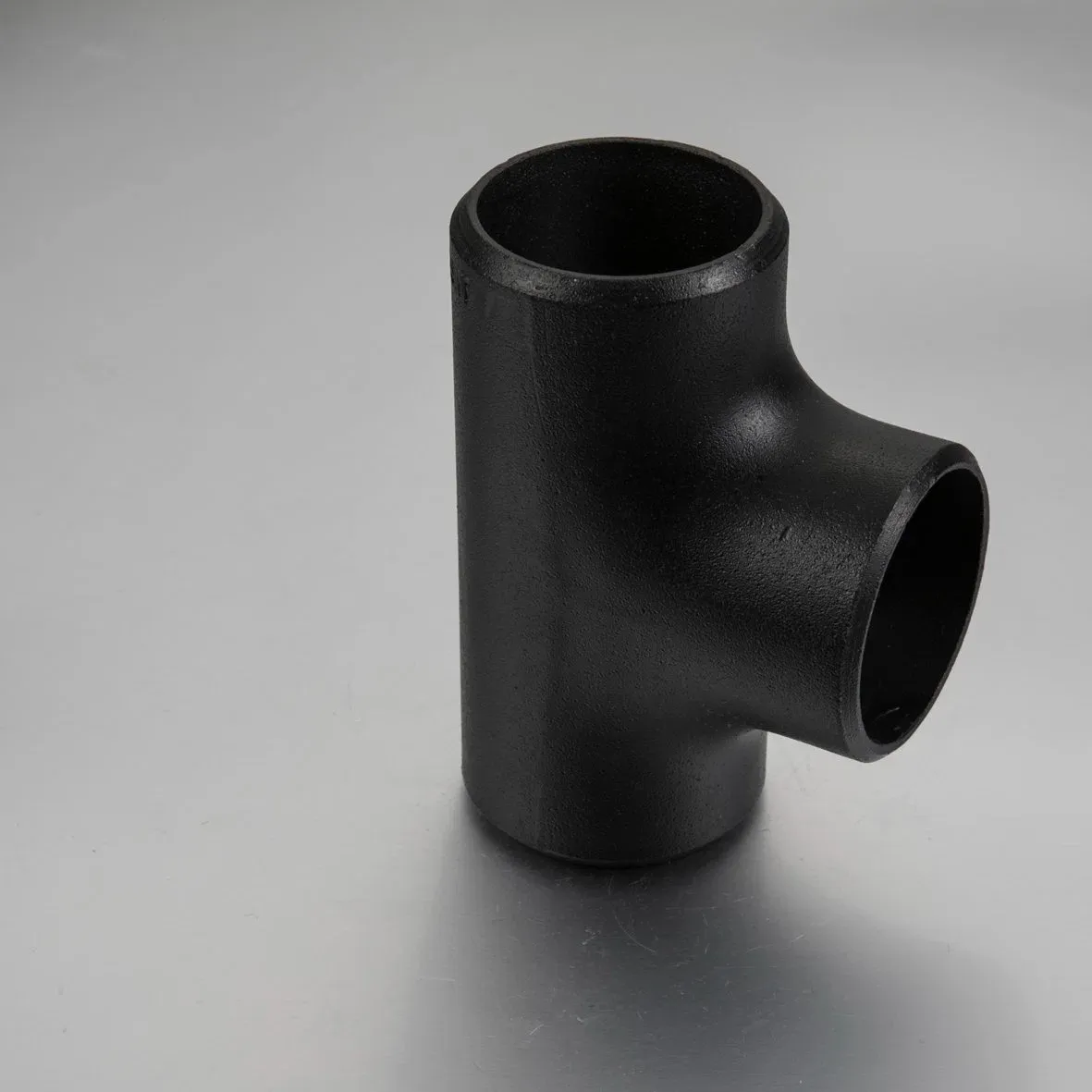-
Cangzhou Yulong Steel Co., Ltd.
-
Phone:
+86 13303177267 -
Email:
admin@ylsteelfittings.com
- English
- Arabic
- Italian
- Spanish
- Portuguese
- German
- kazakh
- Persian
- Greek
- French
- Russian
- Polish
- Thai
- Indonesian
- Vietnamese
- Zulu
- Korean
- Uzbek
- Hindi
- Serbian
- Malay
- Ukrainian
- Gujarati
- Haitian Creole
- hausa
- hawaiian
- Hebrew
- Miao
- Hungarian
- Icelandic
- igbo
- irish
- Japanese
- Javanese
- Kannada
- Khmer
- Rwandese
- Afrikaans
- Albanian
- Amharic
- Armenian
- Azerbaijani
- Basque
- Belarusian
- Bengali
- Bosnian
- Bulgarian
- Catalan
- Cebuano
- China
- China (Taiwan)
- Corsican
- Croatian
- Czech
- Danish
- Esperanto
- Estonian
- Finnish
- Frisian
- Galician
- Georgian
- Kurdish
- Kyrgyz
- Lao
- Latin
- Latvian
- Lithuanian
- Luxembourgish
- Macedonian
- Malgashi
- Malayalam
- Maltese
- Maori
- Marathi
- Mongolian
- Myanmar
- Nepali
- Norwegian
- Norwegian
- Occitan
- Pashto
- Dutch
- Punjabi
- Romanian
- Samoan
- Scottish Gaelic
- Sesotho
- Shona
- Sindhi
- Sinhala
- Slovak
- Slovenian
- Somali
- Sundanese
- Swahili
- Swedish
- Tagalog
- Tajik
- Tamil
- Tatar
- Telugu
- Turkish
- Turkmen
- Urdu
- Uighur
- Welsh
- Bantu
- Yiddish
- Yoruba

Nov . 18, 2024 02:02 Back to list
Understanding DIN 2566 Flange Specifications and Applications for Industrial Use
Understanding DIN 2566 Flanges A Comprehensive Overview
Flanges play a critical role in piping systems, providing the connection between various components. Among the many standards governing flanges, the DIN 2566 flange is particularly significant in European piping applications. This article explores the characteristics, applications, and importance of the DIN 2566 flange in various industries.
What is a DIN 2566 Flange?
The DIN 2566 flange is a flat-faced flange that conforms to the standards set by the Deutsches Institut für Normung e.V. (DIN). These flanges are designed for use in pipe connections and are particularly noted for their structural integrity and reliability under pressure. Typically made from materials like carbon steel, stainless steel, and other alloys, DIN 2566 flanges are available in various sizes, allowing them to cater to different pipe diameters and pressure ratings.
Key Features
1. Design The DIN 2566 flange has a flat surface, which makes it easier to seal when paired with a gasket. This design significantly minimizes the risk of leaks, contributing to overall system safety.
2. Pressure Ratings DIN 2566 flanges come in different pressure ratings, denoted by classes, which indicate the maximum pressure the flange can handle. Common classes include PN10, PN16, and PN25, each suitable for specific operational conditions.
3. Material Compatibility Depending on the application, DIN 2566 flanges can be manufactured from various materials. The choice of material impacts the flange's resistance to corrosion, temperature variations, and mechanical stress. For instance, stainless steel flanges are ideal for chemical and food processing applications due to their corrosion resistance.
Applications
din 2566 flange

DIN 2566 flanges find extensive use across various industries, such as
- Chemical Industry In the chemical sector, the flanges are used to connect pipes that transport aggressive fluids. Their ability to create a tight seal minimizes the risk of leaks and ensures operational safety.
- Oil and Gas High-pressure applications in oil and gas require robust flanges. The DIN 2566 provides the necessary strength to endure demanding conditions.
- Water Treatment In facilities that treat water, the flanges play a critical role in connecting pipes and valves, ensuring a seamless flow of water.
Importance of Proper Installation
The efficiency and safety of a piping system significantly depend on the proper installation of DIN 2566 flanges. It is essential to ensure that the flange surfaces are clean and aligned before applying the gasket and bolting the flanges together. Proper torqueing of bolts is vital to achieve the desired seal without deforming the flange, which could lead to failures.
Conclusion
In summary, the DIN 2566 flange is an essential component in various industrial applications, renowned for its robust design and reliability. Whether used in the chemical industry, oil and gas sector, or water treatment plants, these flanges contribute to the overall safety and efficiency of piping systems. Understanding their specifications and proper installation techniques is crucial for engineers and technicians in ensuring optimal performance and longevity of the systems they support.
Latest news
-
ANSI 150P SS304 SO FLANGE
NewsFeb.14,2025
-
ASTM A333GR6 STEEL PIPE
NewsJan.20,2025
-
ANSI B16.5 WELDING NECK FLANGE
NewsJan.15,2026
-
ANSI B16.5 SLIP-ON FLANGE
NewsApr.19,2024
-
SABS 1123 FLANGE
NewsJan.15,2025
-
DIN86044 PLATE FLANGE
NewsApr.19,2024
-
DIN2527 BLIND FLANGE
NewsApr.12,2024
-
JIS B2311 Butt-Welding Fittings LR/SR 45°/90° /180°Seamless/Weld
NewsApr.23,2024











